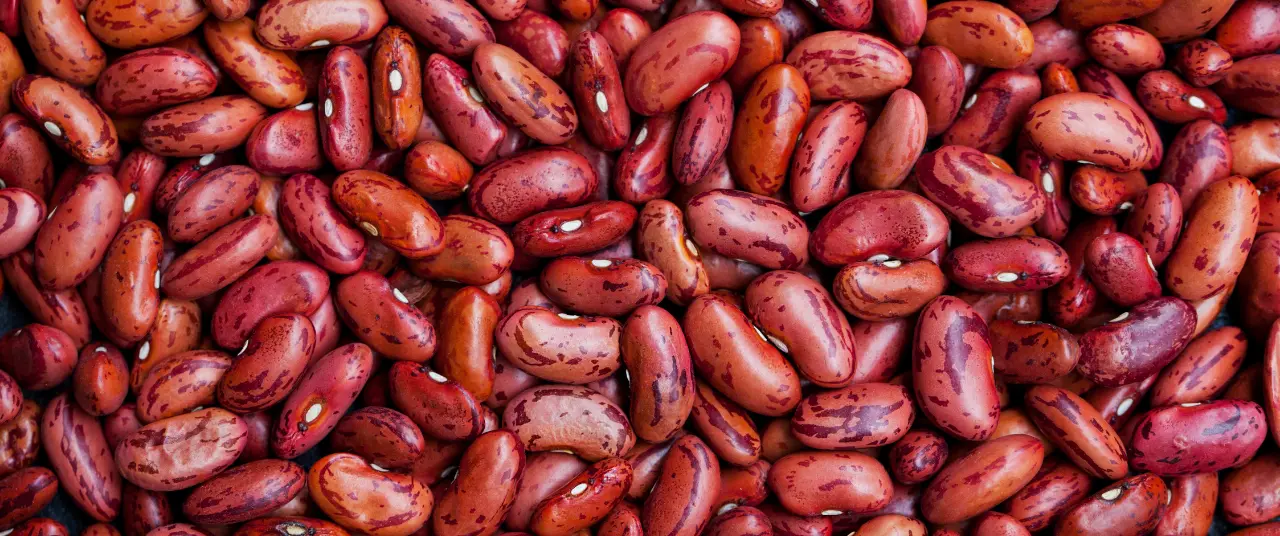Doesn't taste much like sugar, and its safety remains uncertain.






Sugar is a common ingredient in many Indian dishes, but it has long been criticised for its negative impact on health. Consuming excessive amounts of sugar can cause dental decay, weight gain, increased risk of diabetes, and heart disease.
Unfortunately, popular fast-food chains and cold drink brands often incorporate sugar in their products, making it difficult to avoid this harmful ingredient.
Potato chips, tea, coffee, sweets, and many Indian dishes often contain added sugar, which can be unhealthy in large quantities. However, the prospect of giving up sweets may not be very appealing to the average consumer. Hence, many are turning to artificial sweeteners, which offer the sweetness without the negative effects. These sweeteners are made from plant extracts or chemicals and can be found in many sugar-free products.
But what are these artificial sweeteners? How did we discover them? What are they made of? Are they entirely safe? Let’s find out.
"Table sugar, also known as sucrose, is high in calories but low in nutritional value. Natural sugars found in fruits and vegetables are digested slowly and provide a steady source of energy, which is generally considered healthy. But when sugar is added to food and drinks as a sweetener or preservative, it’s probably bad news. According to the NHS, adults shouldn’t consume no more than 30 grams of added sugar per day.
Artificial sweeteners work by providing the same level of sweetness as sugar, or even more, with almost no calories. This is why they are called non-nutritive sweeteners (NNS). The Food Safety and Standards Authority of India (FSSAI) has approved the following artificial sweeteners for use in food: saccharin sodium, aspartame, acesulfame potassium, sucralose, neotame, and isomaltulose.
Oldest artificial sweetener
Saccharin is the oldest artificial sweetener on the market. It comes in granule and liquid forms and is made by chemically modifying o-toluene sulfonamide or phthalic anhydride through the process of oxidation.
Saccharin was discovered in 1879 by Constantin Fahlberg at Johns Hopkins University, Baltimore, while he was experimenting with benzoic sulfimide. The discovery was allegedly accidental, as Fahlberg noticed a sweet taste on his hand and named the compound after this observation. Fahlberg and his colleague Ira Remsen later developed a way to synthesise saccharin from o-sulfamoylbenzoic acid.
Saccharin is about four to five hundred times sweeter than table sugar, and hence required in far smaller quantities to do its job. This high sweetness and stability, as well as its long shelf life, make it an ideal choice for food manufacturers. Common applications include sugar-free sodas, candies, jams, jellies, and cookies.
According to the US Food and Drug Administration (FDA), the acceptable daily intake (ADI) of sodium saccharin is 5 mg per kilogram of body weight.
Are they really safe?
Artificial sweeteners, despite their widespread use, remain controversial due to concerns about their safety and benefits. While many people believe that switching to artificial sweeteners can aid weight loss, scientific evidence is inconclusive. The World Health Organization (WHO) does not recommend their use for weight loss, noting little to no reduction in body fat based on a 2022 review. Instead of relying on artificial sweeteners, it might be better to incorporate more nutrient-rich fruits and non-sweetened foods into one's diet.
A review published in the Indian Journal of Pharmacology highlights a lack of randomised controlled studies assessing the efficacy of artificial sweeteners across various population groups. Observational studies yield inconsistent and contradictory findings. Moreover, consumers are generally unaware of the potential dangers associated with the use of artificial sweeteners.
Aspartame, an ester derived from the amino acids L-aspartic acid and L-phenylalanine, is a good case in point. This dipeptide is combined with methanol to form the compound aspartame, which is around 200 times sweeter than sugar. Aspartame is extensively used in various food and beverage products and is generally considered safe for human consumption.
However, some potential risks have been identified.
The International Agency for Research on Cancer (IARC) has classified aspartame as ‘possibly carcinogenic to humans’, although the evidence is limited.
The Joint FAO/WHO Expert Committee on Food Additives has established the acceptable daily intake (ADI) of aspartame at 40 mg per kg of body weight. However, more research is needed to better understand the possible mechanisms by which aspartame may cause cancer.
Some research suggests that aspartame may pose a risk for people with Type-2 Diabetes. This is because it can increase cortisol levels in the body, potentially leading to weight gain and insulin resistance.
The widespread marketing and government approval of artificial sweeteners have contributed to their widespread use. However, due to the limited evidence of their benefits and potential health risks, consumers, particularly those with diabetes, need to exercise caution when consuming these products.
References
1. Harvard Health Publishing. The sweet danger of sugar. Harvard Health Blog. Retrieved August 27, 2024, from https://www.health.harvard.edu/heart-health/the-sweet-danger-of-sugar
2. Mayo Clinic Staff. (2021, December 16). Artificial sweeteners: Any health concerns? Mayo Clinic. Retrieved August 27, 2024, from https://www.mayoclinic.org/healthy-lifestyle/nutrition-and-healthy-eating/in-depth/artificial-sweeteners/art-20046936
3. Micha, R., Peñalvo, J. L., Cudhea, F., & Rehm, C. D. (2017). Association between dietary factors and mortality from heart disease, stroke, and type 2 diabetes: A systematic review and meta-analysis. JAMA, 317(9), 912-924. https://www.ncbi.nlm.nih.gov/pmc/articles/PMC4899993/
4. World Health Organization. (2023, May 15). WHO advises not to use non-sugar sweeteners for weight control in newly released guideline. Retrieved August 27, 2024, from https://www.who.int/news/item/15-05-2023-who-advises-not-to-use-non-sugar-sweeteners-for-weight-control-in-newly-released-guideline
5. Bell, L. (2023, March 14). Saccharin: Good or bad? Healthline. Retrieved August 27, 2024, from https://www.healthline.com/nutrition/saccharin-good-or-bad#overview
6. Mayo Clinic Staff. (2023, July 14). What to know about aspartame. WebMD. Retrieved August 27, 2024, from https://www.webmd.com/diet/what-to-know-about-aspartame
7. American Chemical Society.Saccharin. Molecule of the Week. Retrieved August 27, 2024, from https://www.acs.org/molecule-of-the-week/archive/s/saccharin.html











